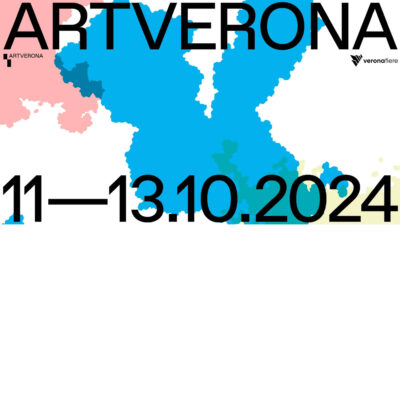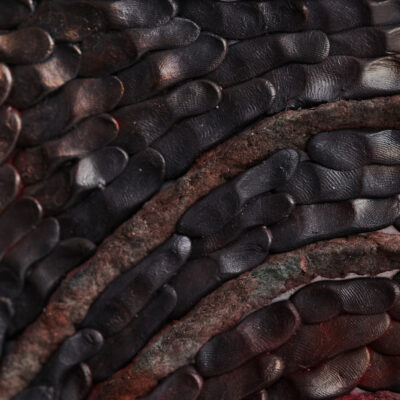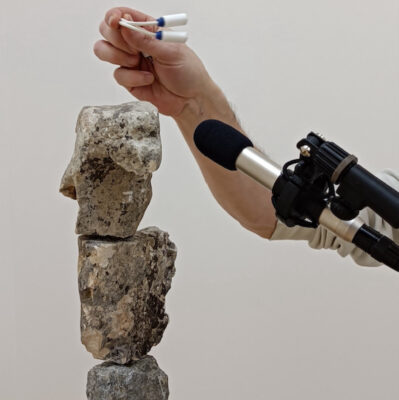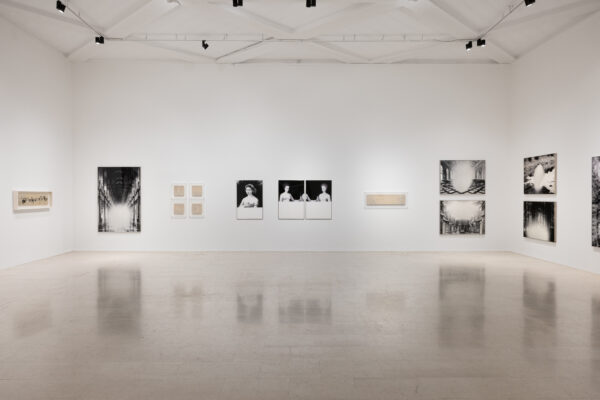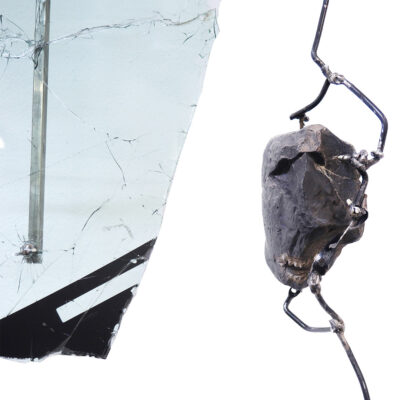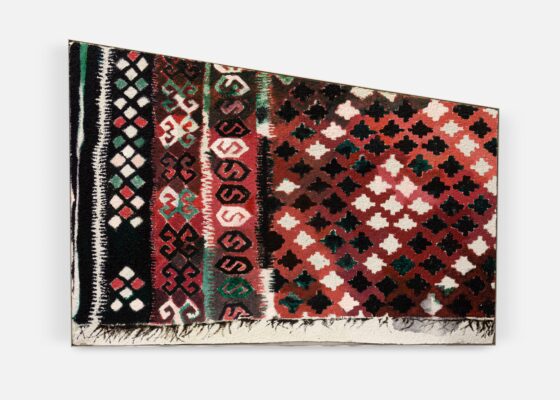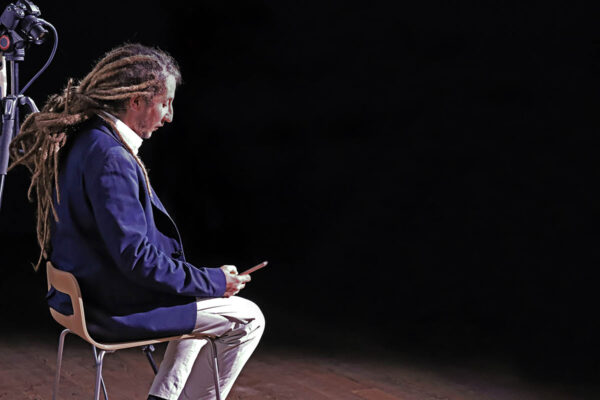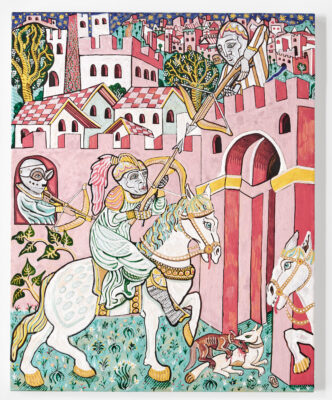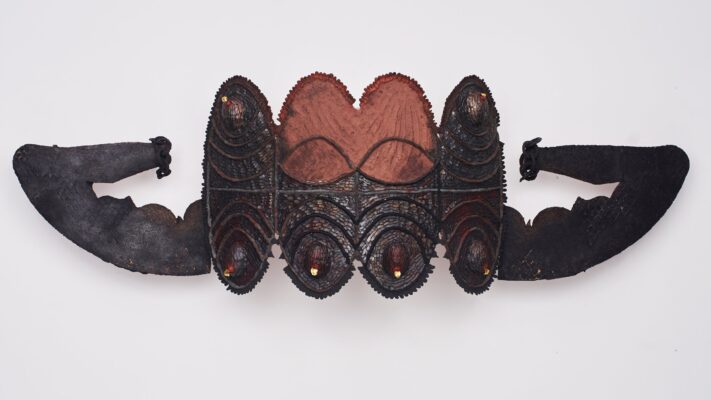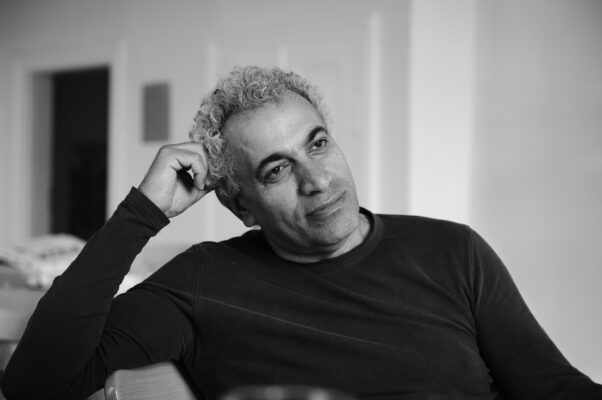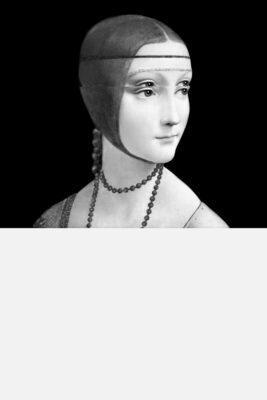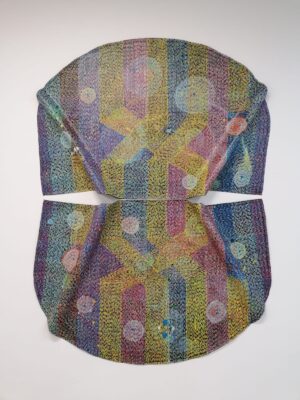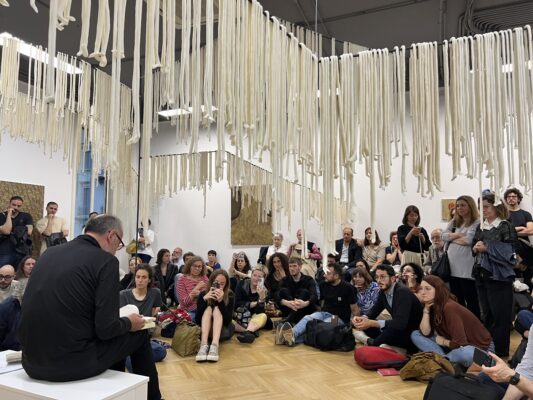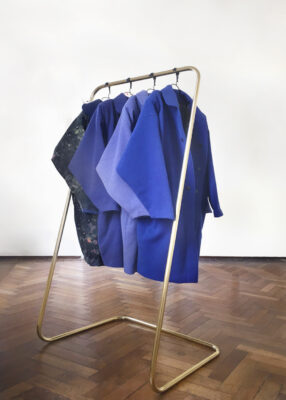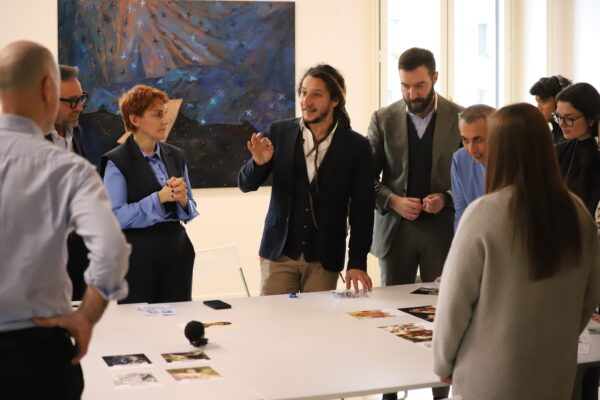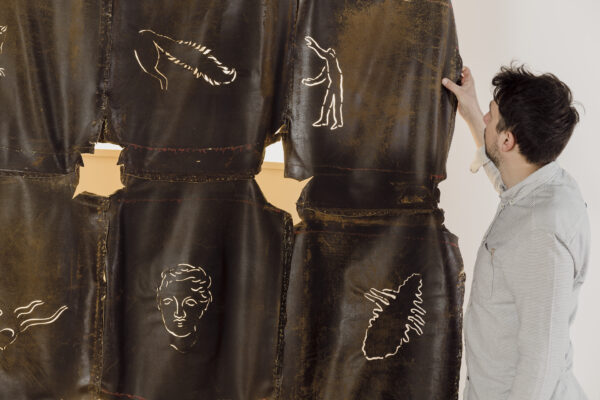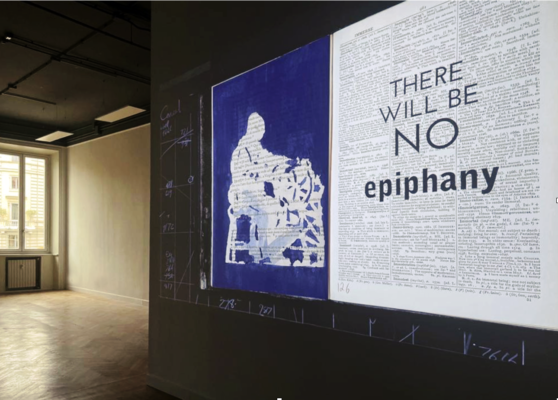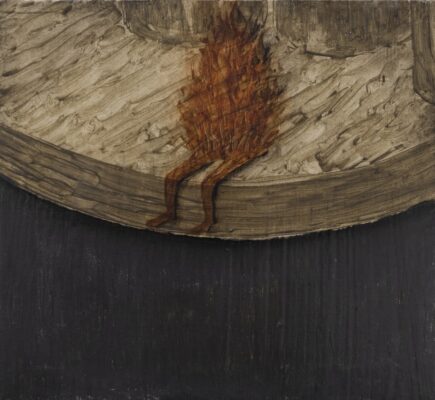ArtVerona
from 10.13.2023 to 10.15.2023
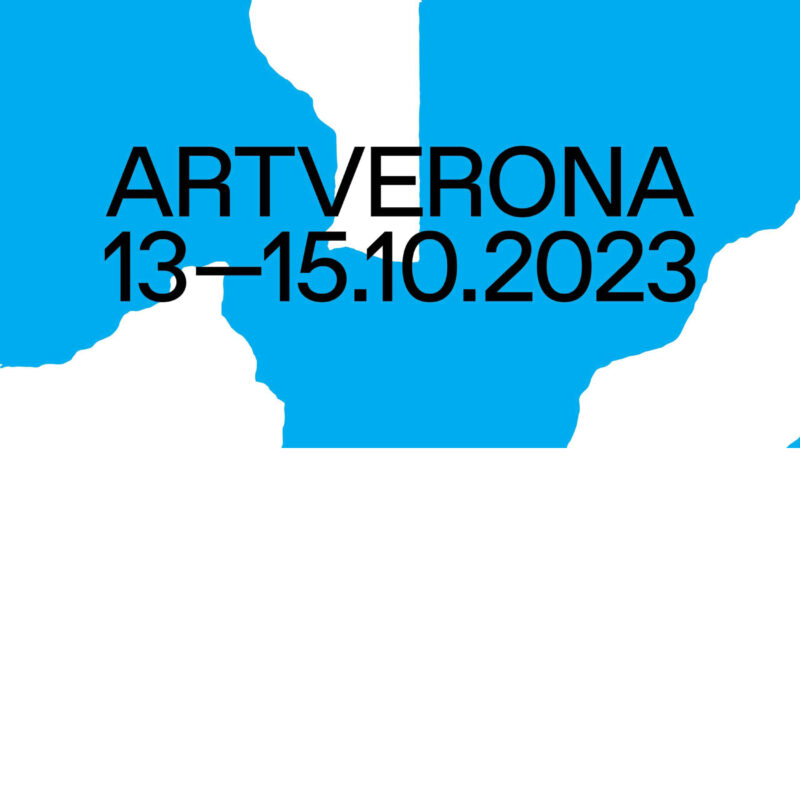
In 2023 Nashira Gallery attended its first fair in Verona, ArtVerona, which for its 18th edition took place from 12th to 15th October 2023 under the artistic direction of Stefano Raimondi.
ArtVerona is a well-established event, linked to the enhancement of the Italian art system, which every year confirms its position as a relevant platform for commercial and artistic relations, allowing dialogues between different sectors, ranging from collecting to entrepreneurship to public and private cultural institutions.
The Main Section of the fair was complemented by three special sections: ‘Innova’, ‘Introduction’ and ‘Curated By’.
Nashira Gallery exhibited in the latter section, curated by Giacinto Di Pietrantonio and created with the aim of bringing out the relationship between gallery owner, artist and curator. The curators of Osservatorio Futura, a research center and independent exhibition space in Turin, Francesca Disconzi and Federico Palumbo, collaborated in the realization of Nashira’s stand.
The exhibiting artists were Andreas Zampella (Salerno, 1989) and Maria Positano (London, 1995) who, for the occasion and with the collaboration of the curators of Osservatorio, recreated at ArtVerona a magical, destructive and regenerative place within which everything becomes possible, hovering between dream and realitỳ, nightmare and desire, primordial and actual.
The stand’s main topic was fire, an ethereal and primal concept that nourishes the seeds of both rebirth and destruction in and of itself. The chosen pieces by the two artists each depicted this theme in a unique way, encapsulating the ambiguity that comes with something ending and something new beginning.
While Positano’s vases and cinerary urns have a natural connection with death, it is possible to perceive a fresh blossoming within them, just like the fire in Zampella’s Sguardo dal fuoco can represent both the end of life and its resurrection.
The materials used in the works that were presented, which are highly regarded by both artists, were also complete sources of warmth. Positano experimented and pushed with his basic materials, generating a gap between appearance and reality, Zampella worked directly with clay, soil and paints.
During ArtVerona 2023, Andreas Zampella’s work, Sotto al cuscino (2023), won the Premio A Disposizione, an award created in 2018 by Veronafiere’s acquisition fund for art, which confirms the importance of ArtVerona in the project of bringing art, culture and business closer together.
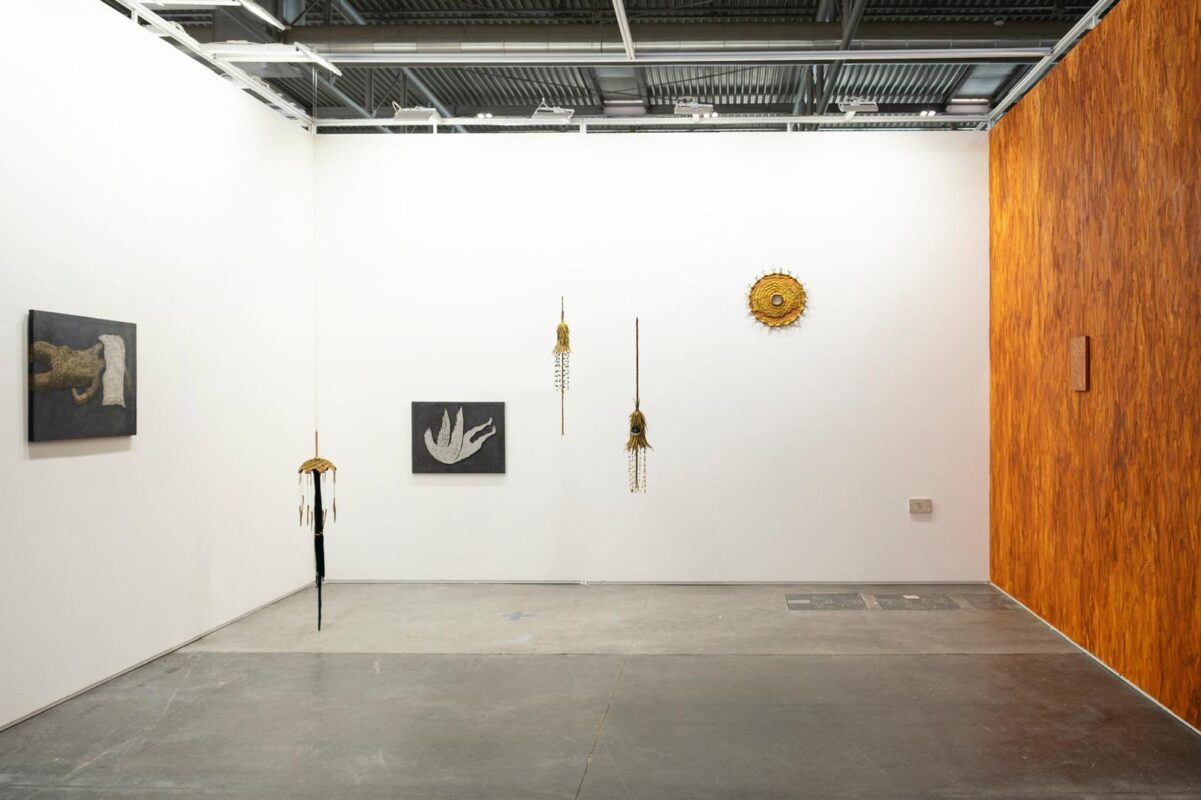
ArtVerona 2023, pavilion 12, stand CB4, section “Curated By”, installation view
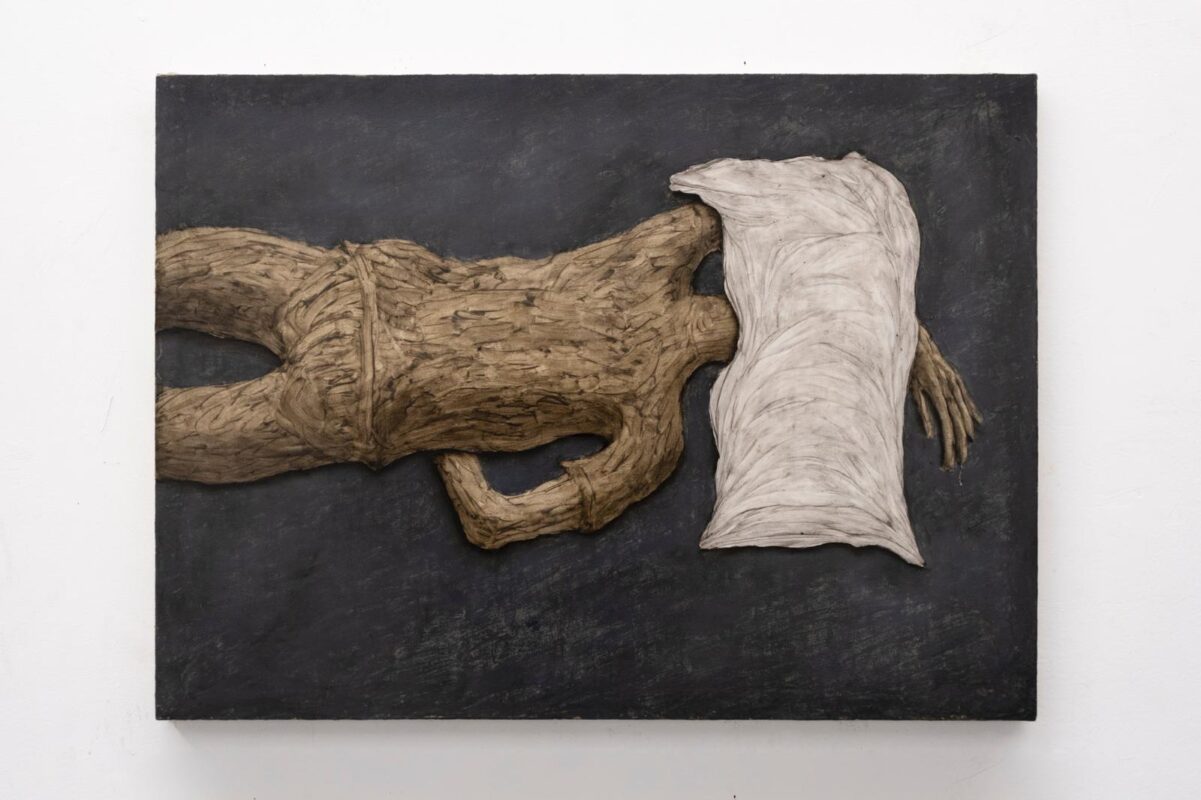
Andreas Zampella, Sotto al cuscino, 2023
clay, oil and enamel on canvas, 80,5×59 cm
Winner of the A Disposizione Veronafiere Award for art
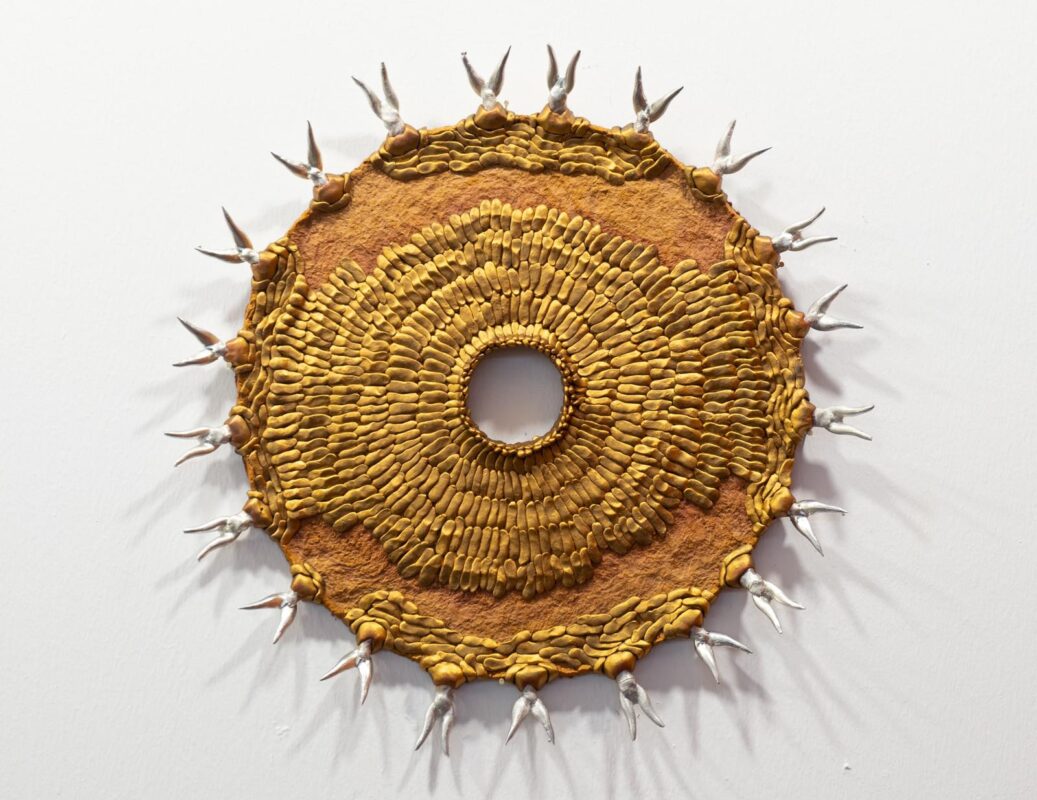
Maria Positano, Sun disk, 2023
paper clay, food dye,epoxy putty, restoration wax, pewter casts, 43×43 cm
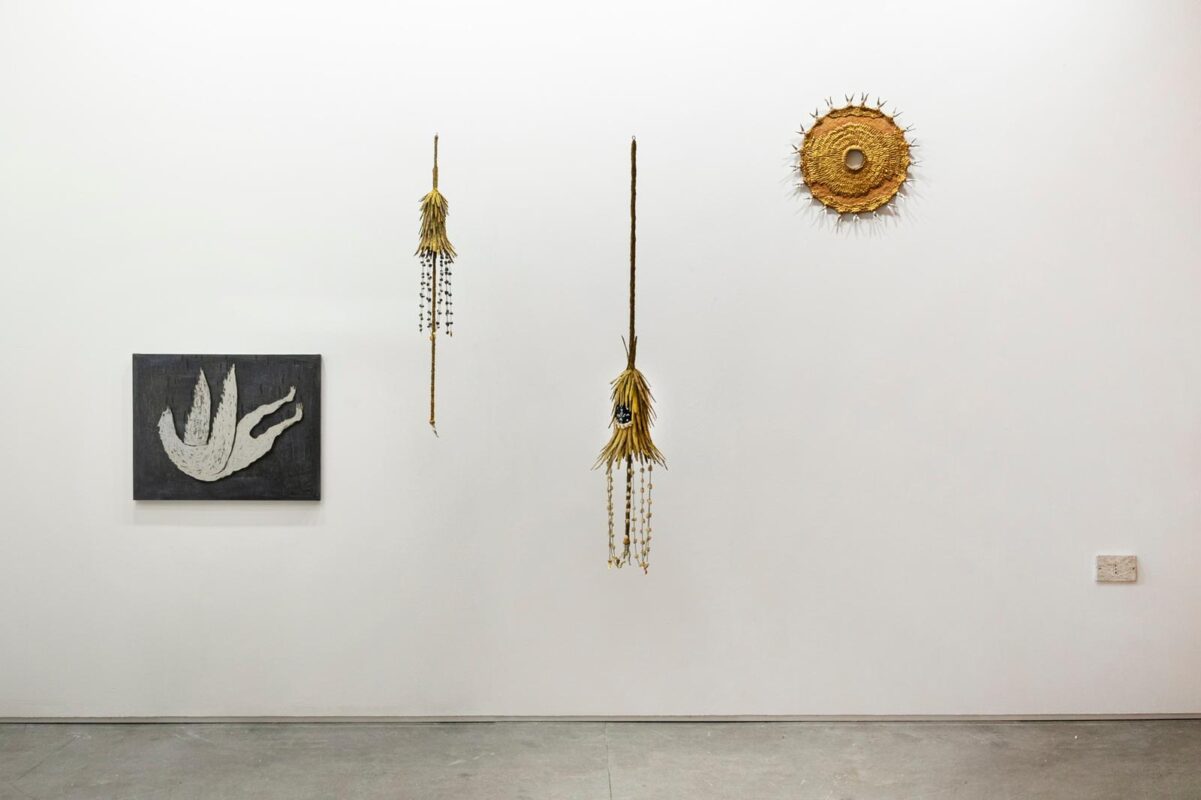
installation view

Andreas Zampella, Stanza con finestra, 2023
oil on canvas, 29×32 cm
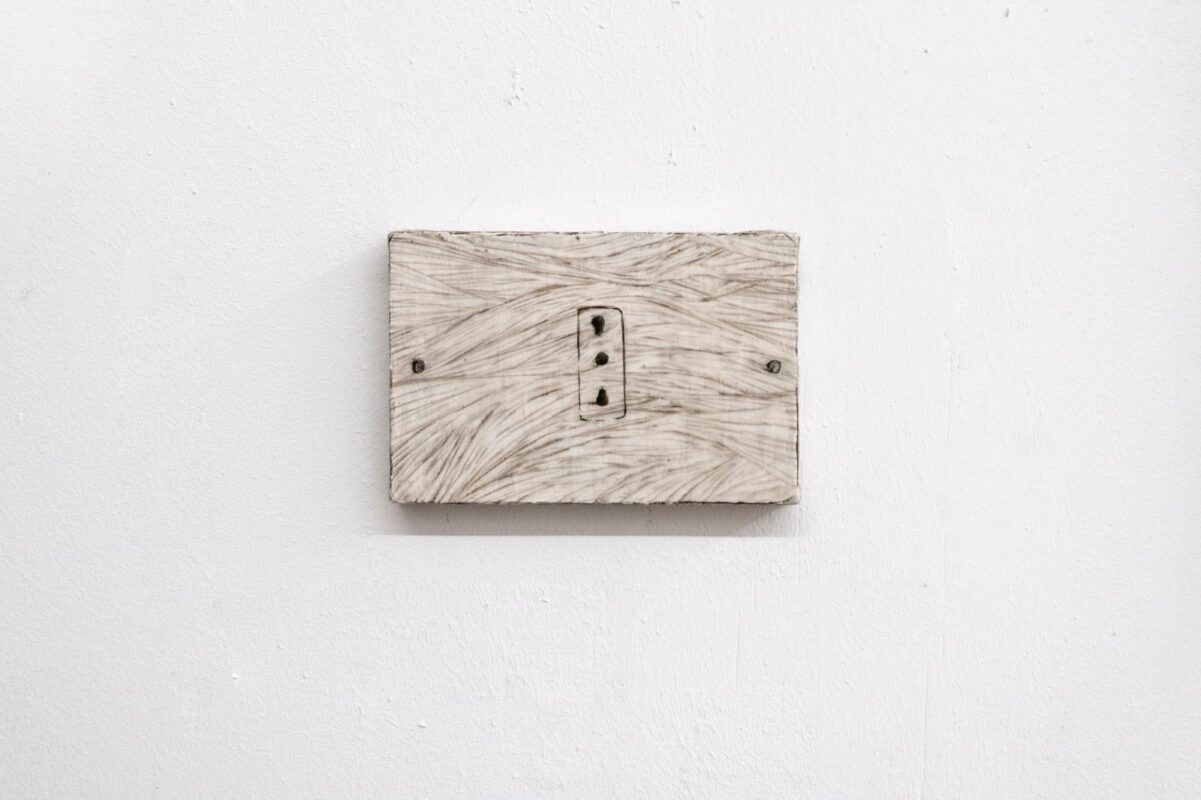
Andreas Zampella, Presa velata, 2023
clay, enamel and oil on canvas, 10×15 cm
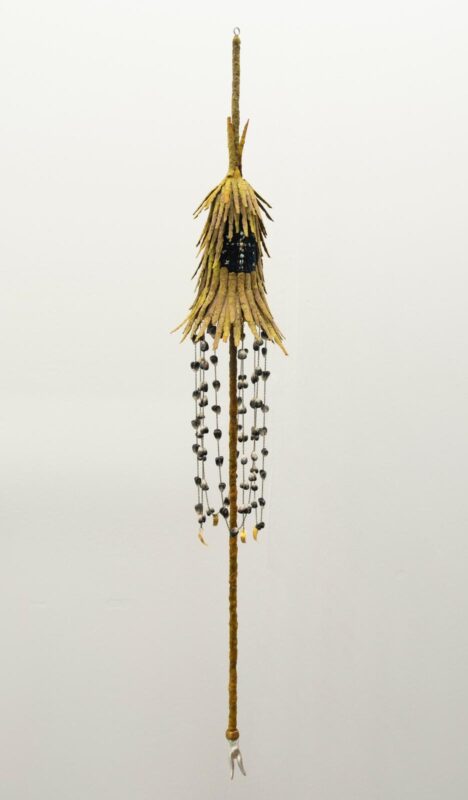
Maria Positano, Vessel in Green III, 2023
cast & oxidized paper pulp, velvet, embroidery, chains, corn beads, brass, steel, gold wax, 12x12x120 cm

Maria Positano, Sprouting in Green (with fabric), 2023
paper pulp, corn beads, chain, velvet, pewter and epoxy clay, 75×22 cm
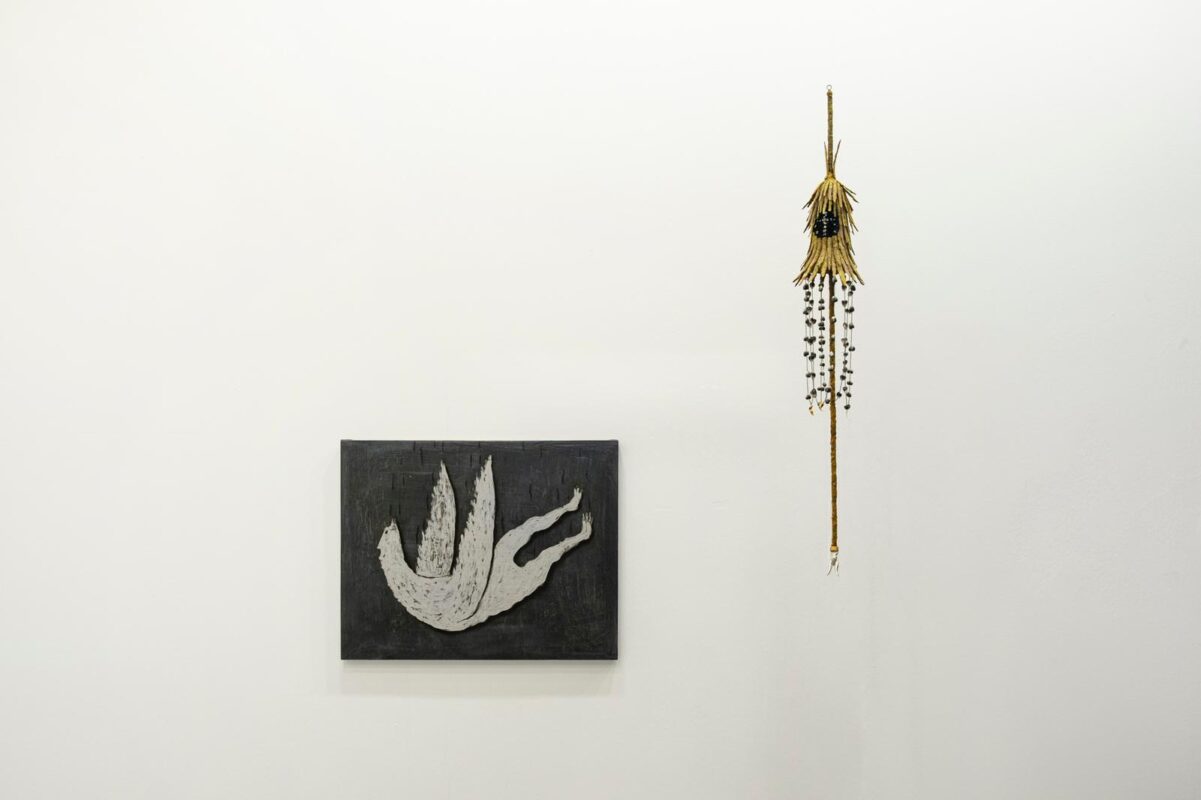
installation view
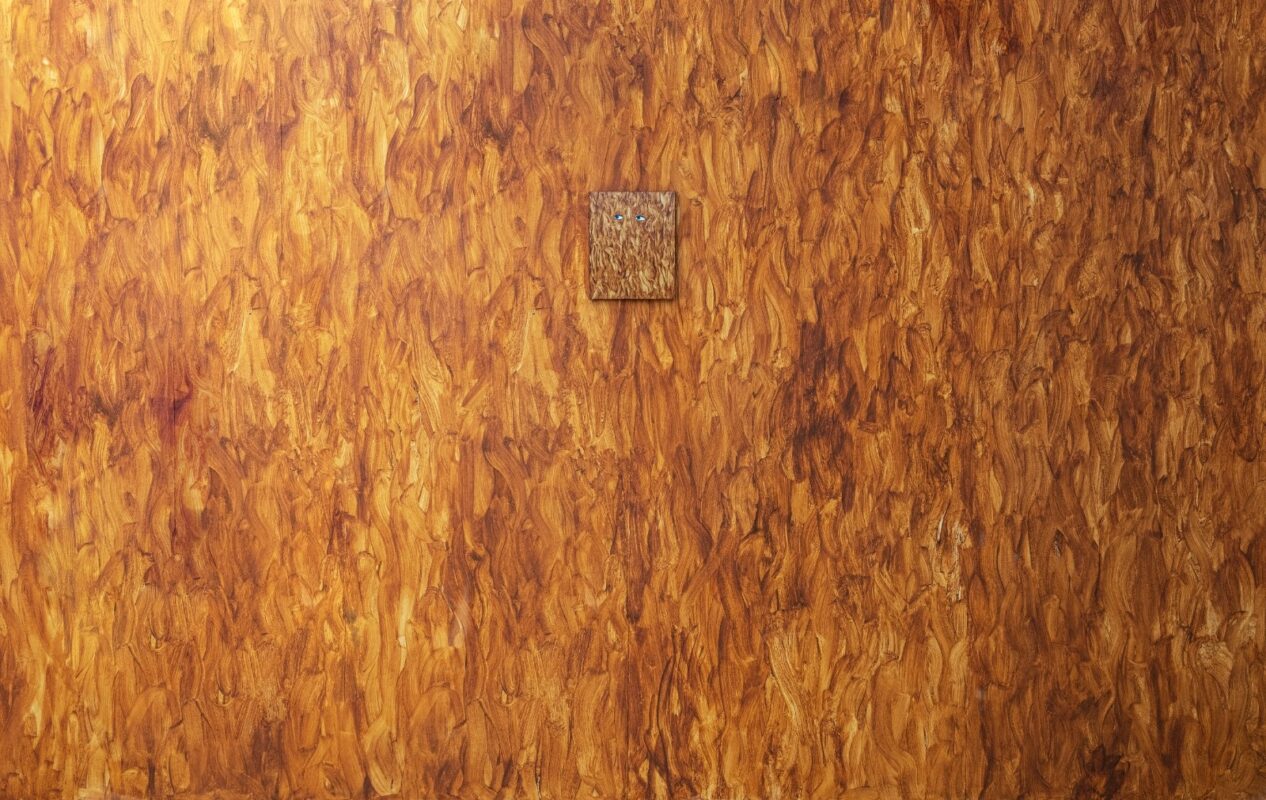
Andreas Zampella, Sguardo dal fuoco, 2023
oil on canvas, 24×20 cm
installation view
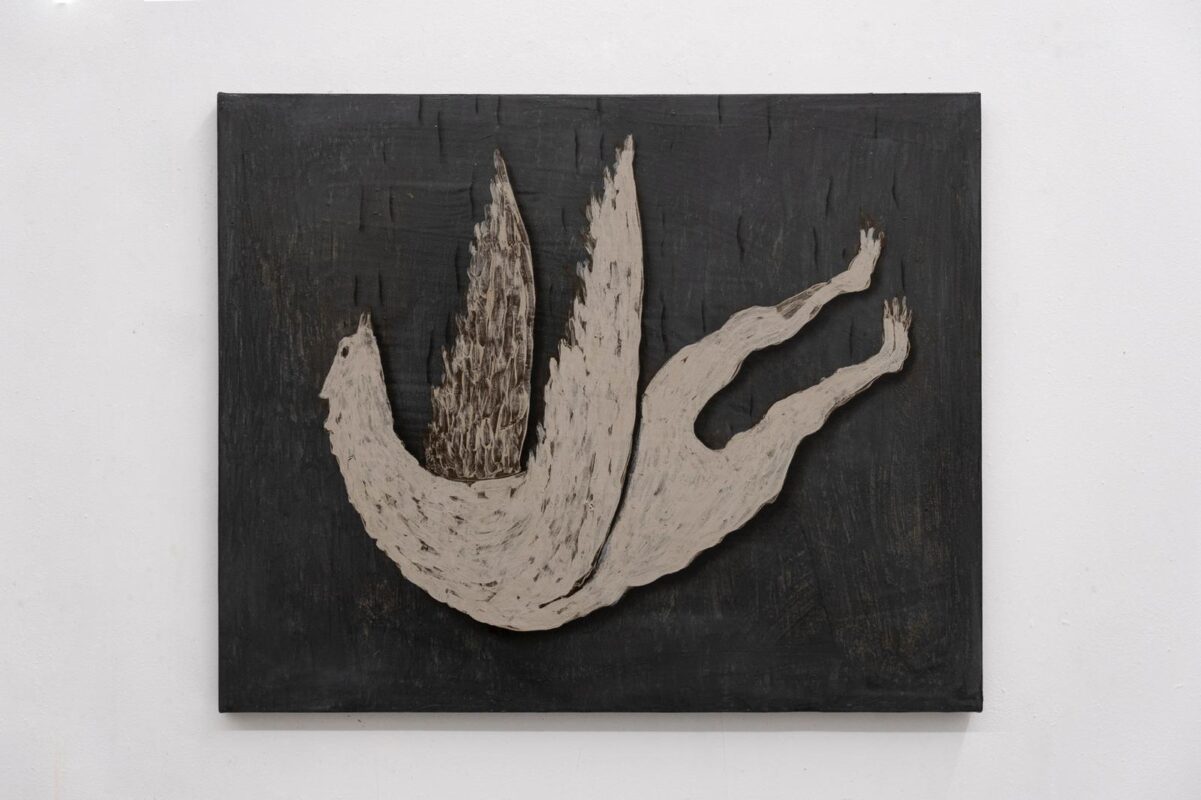
Andreas Zampella, Uccello d’argilla, 2023
clay, graphite and oil on canvas, 55×69 cm




